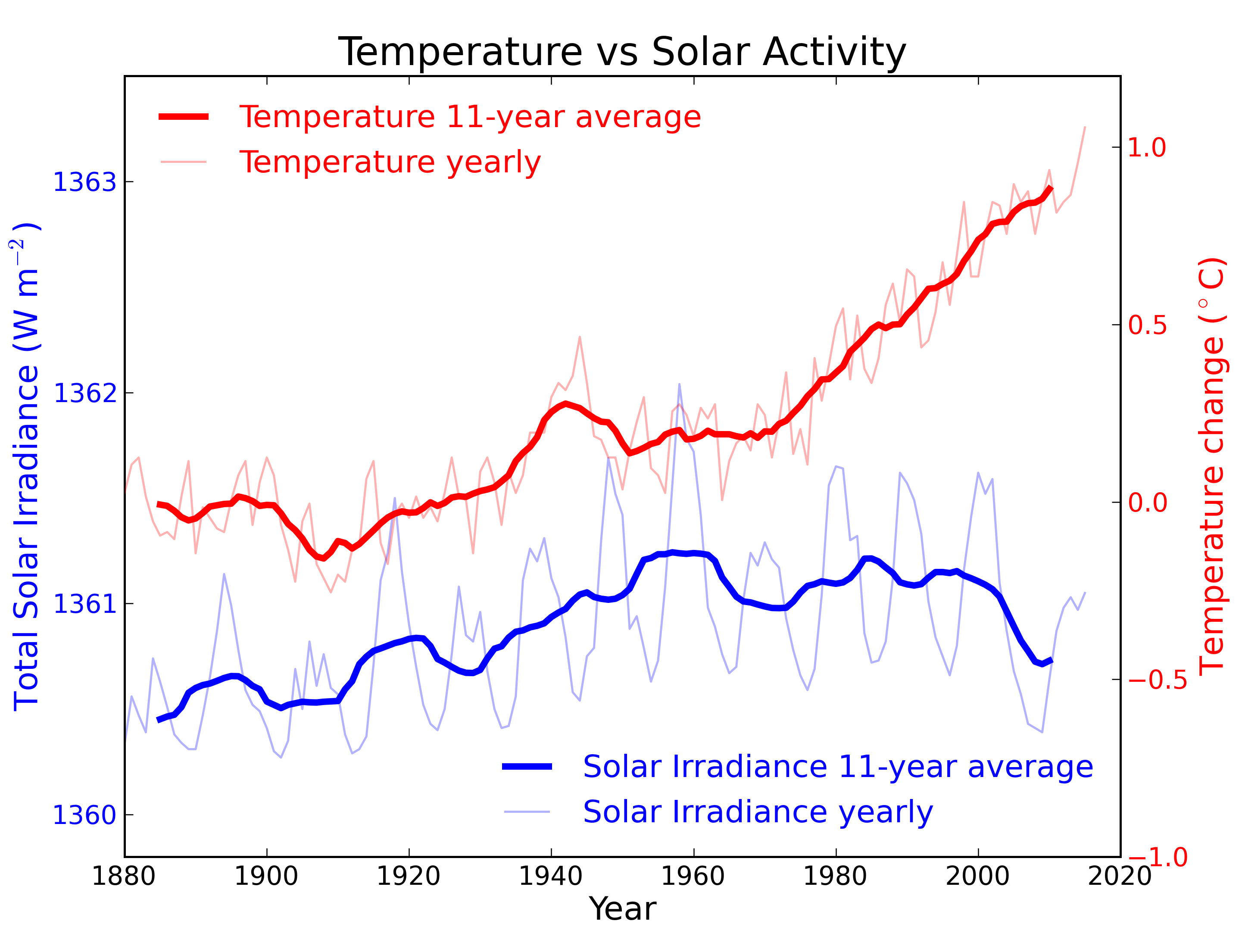Scientists have observed an increase in carbon dioxide's greenhouse effect at Earth's surface for the first time. The researchers, led by scientists from the US Department of Energy's Lawrence Berkeley National Laboratory (Berkeley Lab), measured atmospheric carbon dioxide's increasing capacity to absorb thermal radiation emitted from Earth's surface over an 11-year period at two locations in North America. They attributed this upward trend to rising CO2 levels from fossil fuel emissions.
The influence of atmospheric CO2 on the balance between incoming energy from the Sun and outgoing heat from Earth (also called the planet's energy balance) is well established. But this effect has not been experimentally confirmed outside the laboratory until now. The research is reported Feb. 25 in the advance online publication of the journal Nature.
The results agree with theoretical predictions of the greenhouse effect due to human activity. The research also provides further confirmation that the calculations used in today's climate models are on track when it comes to representing the impact of CO2.
The scientists measured atmospheric carbon dioxide's contribution to radiative forcing at two sites, one in Oklahoma and one on the North Slope of Alaska, from 2000 to the end of 2010. Radiative forcing is a measure of how much the planet's energy balance is perturbed by atmospheric changes. Positive radiative forcing occurs when Earth absorbs more energy from solar radiation than it emits as thermal radiation back to space. It can be measured at Earth's surface or high in the atmosphere. In this research, the scientists focused on the surface.
They found that CO2 was responsible for a significant uptick in radiative forcing at both locations, about two-tenths of a Watt per square meter per decade. They linked this trend to the 22 parts-per-million increase in atmospheric CO2 between 2000 and 2010. Much of this CO2 is from the burning of fossil fuels, according to a modeling system that tracks CO2 sources around the world.
"We see, for the first time in the field, the amplification of the greenhouse effect because there's more CO2 in the atmosphere to absorb what the Earth emits in response to incoming solar radiation," says Daniel Feldman, a scientist in Berkeley Lab's Earth Sciences Division and lead author of the Nature paper.








